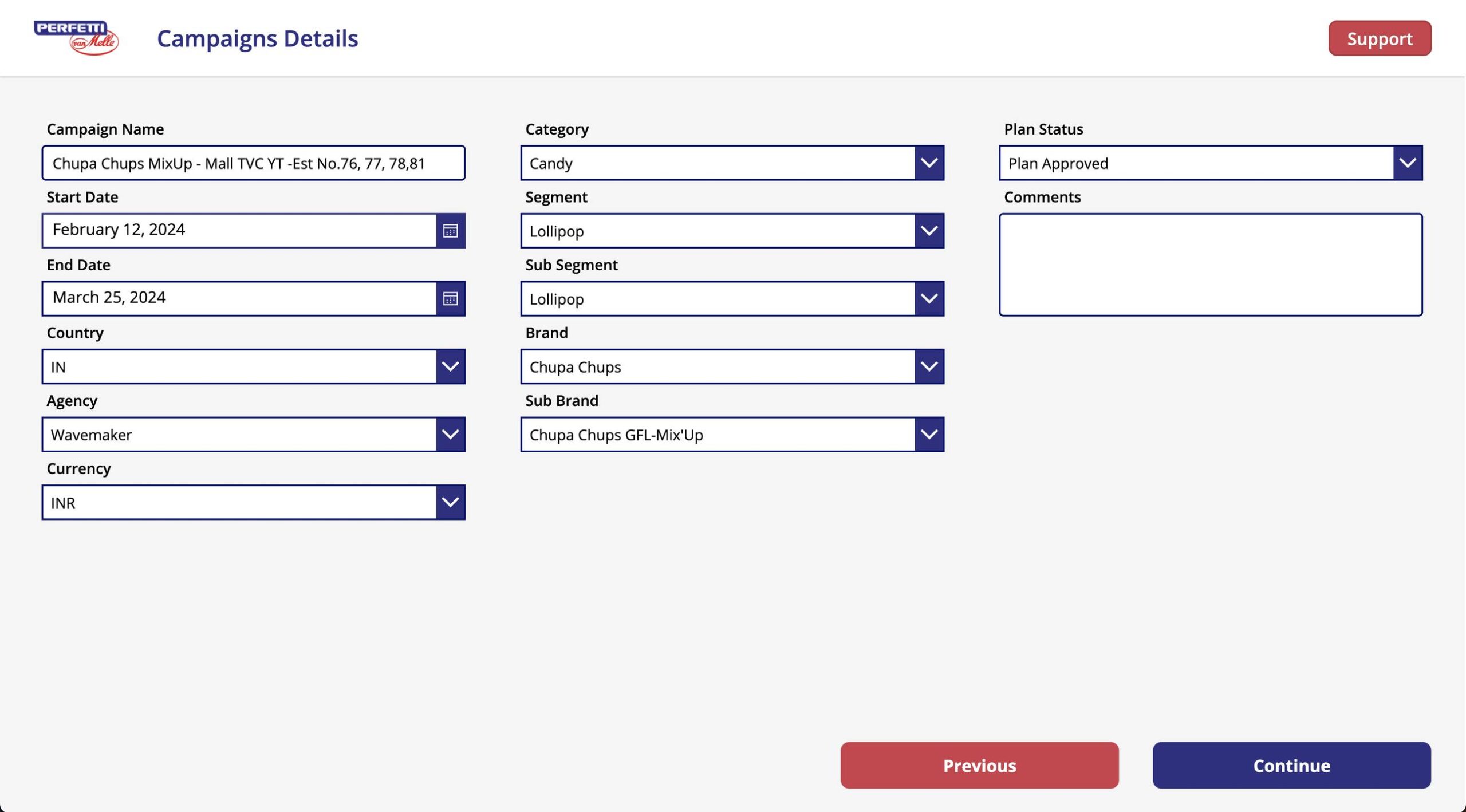-
Continue reading →: Creating dynamic videos using JavaScript and After Effects: the basics
In digital marketing, there is a lot of buzz around dynamic videos. You may have noticed all the start-ups popping up in this scene. Dynamic is nothing new in the world of display advertising. We already see a lot of dynamic ads for retargeting by big parties like Criteo, but…
-
Continue reading →: One JavaScript bookmark to make checking tags easier
Last Friday, my friend and colleague Bart Persoons and I got a request to do a double-check on some pixels. While checking, we thought of a solution that would let less technical people do a double-check by themselves more easily. The result? A JavaScript bookmark. Why do we need this?…
-
Continue reading →: Get more out of the Google Analytics app by showing less data
Google Analytics has a lot of great reports, but sometimes you’ll only want to see a small subset of your data. For me, that ‘sometimes’ is when I’m using the official Google Analytics app to see how my project is doing. Creating a custom view for optimal use of the…
-
Continue reading →: A moving object in your campaign? Update Adwords accordingly every hour.
We are running a campaign for one of our clients that is about a fluffy heart with GPS hardware that is travelling through the country. It looks something like this: We’ll get deeper into this campaign in another post on The Marketing Technologist, but for now it’s enough to know…
-
Continue reading →: A recommendation system for blogs: Setting up the prerequisites (part 1)
The goal of data science is typically described as creating value from Big Data. However, data science should also meet a second goal, that is, avoiding an information overload. One particular type of projects that really meet these two goals are recommendation engines. Online stores such as Amazon but also…
-
Continue reading →: Is there time for coffee? Your execution time is ticking in Python!
Last month I was working on a machine learning project. If you make use of grid search to find the optimum parameters, it is nice to know how much time an iterating process costs, so I do not waste my time. In this blog you’ll learn how to: Install the…
-
Continue reading →: 7 things I’ve learned by attending the 2015 Data Visualisation Summit in London
This week, I attended the Data Visualisation Summit in London. This post contains my 7 key takeaways from the presentations I attended. For those of you looking for a quick snack, here’s the list: Don’t forget where your data comes from How web design is a form of data visualisation…
-
Continue reading →: How to use responsive breakpoint analytics to measure design performance
I was inspired by this article by Philip Walton. Device information in most web analytics tools is sort of meaningless if you are interested in how your website’s responsive design performs in terms of viewport width instead of a specific type of device. I always kept this idea in the…
-
Continue reading →: How article size helps you understand your content performance
Last month, we shared our insights on the enhanced ecommerce for content report that we’ve implemented on GEEK. With the reports, we measure what articles are read, how often posts from a specific author are read, and how many words people read on our website. I’ve also mentioned that we…
-
Continue reading →: How to improve Visual Website Optimizer’s Google Tag Manager integration
If you’re running Google Tag Manager on your site, and use Visual Website Optimizer for A/B Testing, you’ve probably noticed that VWO’s standard GTM integration is slightly lacking. While the integration suggested by VWO does work, you’re left with a lot of manual work, as you have to add or…






